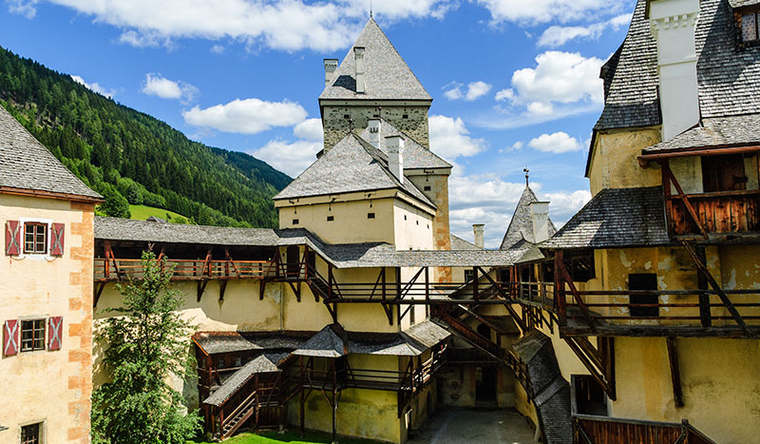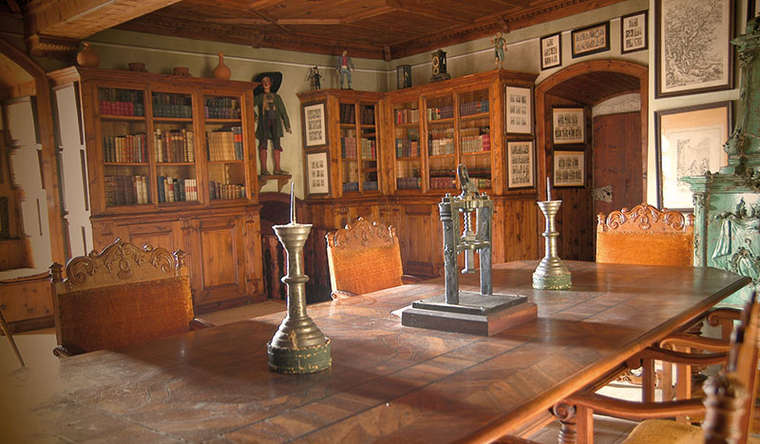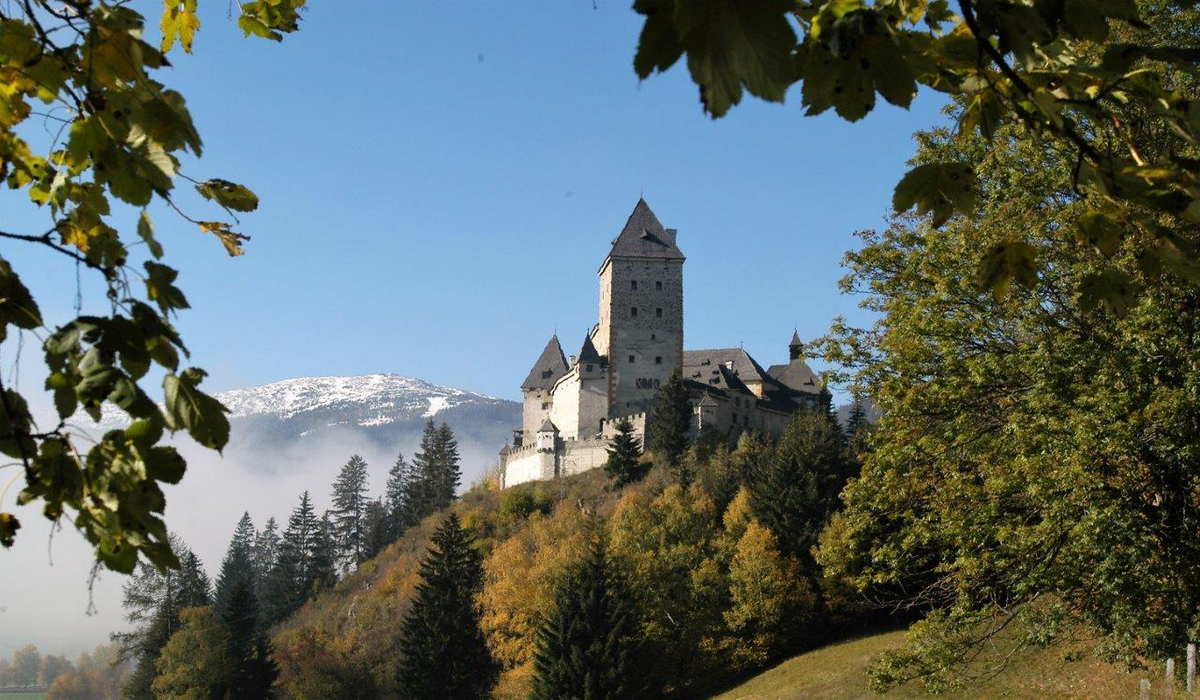Not far from Salzburg, in the Lungau mountains, the medieval castle of Moosham lurks on the Mitter hill, seemingly trying to hide its bloody history among the trees of the Moos valley rather than its mighty walls.
The castle was named after the moss that grows in the valley after it was built in 1208. The first owners of the citadel in the then Holy Roman Empire were the Archbishops of Salzburg. Despite the castle's sinister past, children still come here with their parents, because the bravest, even the smallest of heroes, are always up for an adventure.
It is the third largest castle in the county and hundreds of people were condemned to death here for various crimes, including such far-fetched offences as witchcraft.
Many innocent victims of witch hunts died outside the castle walls — 66 official executions during the 270 years of the Inquisition alone. According to anecdotal evidence and research by archaeologists and historians, thousands of women accused of witchcraft were executed inside the castle.
The castle also served as a refuge for disgraced noblemen — and there were many of them, given the constant feuds and feudal wars in the territory of modern Austria.
It is still a mystery why in the XIX century, when the atrocities of the Inquisition were already history, the bodies of many animals — deer and domestic cattle — were found near the castle walls. Scientists and historians remain silent, but legend has it that the cellars of the castle were inhabited by werewolves who came out at night to hunt.

At that time, the number of prisoners in the castle increased significantly as the inquisitors added to the accusations of witchcraft the bad habit of some people of turning into wolves at night.
At the height of Catholic fanaticism in the mid-16th century, Moosham Castle in Salzburg, Austria, was expanded as a strategic and symbolic stronghold of the faith in the eyes of the common people.
As the 16th century progressed, the Catholic Church's zeal waned, witches and sorcerers were left alone, and the castle's dungeons gradually fell into disrepair. The archbishops were no longer wealthy enough to maintain such a monumental structure.
The ruined castle would have been a ghost of the Dark Ages until 1886, when Count Wilczek bought it. He didn't spare any money and invested in its complete renovation, preserving the medieval architectural style of the castle.
He was an outstanding man — Knight of the Order of the Golden Fleece, chamberlain under the Emperor, patron of the arts and a renowned polar explorer.
As a result of extensive work and the desire to maintain historical authenticity, we see a unified ensemble consisting of the old residential tower, the surrounding castle wall and a later structure, the so-called 'upper castle'.
Today, tourists from all over the world come to Moosham not only to learn more about its mysterious history, but also to enjoy the aesthetic pleasure of the portraits and engravings by German and Dutch artists on display in the fortress gallery.
Moosham Castle in Austria today is a magnificent museum with original art and medieval interiors with grandiose marble fireplaces, gothic vaulted ceilings, original stained glass windows and an altar in the chapel, as well as many intimidating hunting trophies on the walls.

A medieval tiled stove has been preserved in the bedroom. There are also later decorations such as exotic wood panelling, mosaic patterns and Renaissance majolica.
However, most travellers who have been to Moosham still confirm that the main reason for visiting the castle is to hear the tragic and horrific tales of werewolves, witches and weeping ghosts that roam the castle's corridors.
Alexander Wilczek, a descendant of the count and current owner of the castle, claims that many people can still hear footsteps and other noises, and even feel light touches from time to time. The museum staff unanimously confirm these stories.
Not for nothing has this medieval fortress been named one of the most haunted castles in the world for several years running.
The castle is huge, but tourists only have access to the armoury, the baroque bridge, a few internal chambers and a rather interesting utility room where carriages used to stand.
Moosham Castle can only be visited on a guided tour, and photography or video recording is not permitted in the art gallery.











